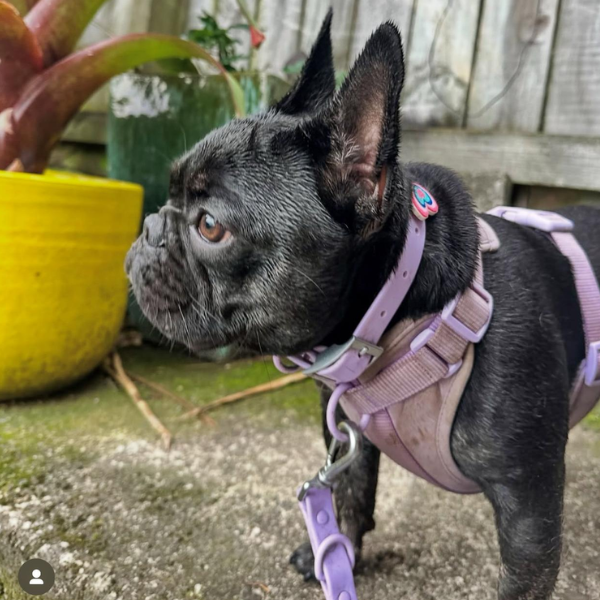
Loose Lead Walking: How to Stop Your Dog Pulling on a Dog Lead!
Stacey PITHERSShare
It’s the dream of every dog parent: relaxed strolls through the neighbourhood with your pup happily trotting at your side. But the reality? Many dogs, especially energetic breeds like Labradors - pull, tug and drag you in every direction.
Walking nicely on a dog lead isn’t instinctive, but the good news is: with patience, the right techniques, and the proper gear, your dog can learn to walk calmly on a loose lead.
At Walkieez, we’re here to help with practical training tips - plus the best dog collars nz, dog leads nz and no-pull dog harnesses to make walks easier and more enjoyable for you and your pup.
Why Do Dogs Pull on a Dog Lead?
Pulling doesn’t mean your dog is trying to be the “alpha.” Most dogs simply get over-excited once they’re outdoors. With new sights, smells and sounds to investigate, your pup’s instincts kick in - they want to explore everything at once!
Other common reasons for pulling include:
-
Overstimulation – too many distractions at once.
-
Unintended rewards – pulling gets them where they want to go, so they keep doing it.
-
Excess energy – not enough exercise before the walk.
First Steps to Stop Dog Lead Pulling
Training your dog to walk politely on a dog lead takes time and patience. Here are some simple foundations to start with:
-
Stay calm when leashing up – don’t attach the leash until your pup is sitting quietly.
-
Practice short walks – start with a short, familiar route to reduce distractions.
-
Burn off energy first – a quick play session before walking helps prevent pulling.
-
Keep up the pace – a brisk walk keeps your dog engaged and less likely to stop and pull.
-
Reward good walking – use treats and praise when your dog stays at your side.
Training Techniques for Loose Dog Lead Walking
Here are some effective methods you can try:
1. Stop & Go
If your dog pulls, simply stop. Wait until they return to you and sit, then reward and continue walking. They’ll quickly learn that pulling gets them nowhere.
2. Follow the Treat
Hold treats at your side and reward your dog for staying next to you. Gradually reduce the frequency of treats as they improve.
3. Surprise Turn
If your pup bolts ahead, turn and walk the opposite way. They’ll learn that pulling takes them further from where they want to go.
4. Collar Tug (use sparingly)
A quick, gentle tug paired with a verbal cue can help correct pulling. But be cautious — we don’t recommend choke or prong collars, which can cause harm.
Choosing the Right Gear
The right equipment makes a huge difference in leash training.
-
Dog Collars Perfect for everyday wear. Choose a durable, waterproof and comfortable style for your pup.
-
Dog Leads A strong, reliable 4–6ft lead gives you control while still allowing freedom.
-
No-Pull Harnesses Designed to discourage pulling while keeping your dog safe and comfortable. A great choice for training or energetic dogs.
👉 Browse our Walkieez range of customisable dog collars, durable dog leads and no-pull dog harnesses to set you and your dog up for lead-walking success.
Final Thoughts
Teaching loose dog lead walking takes consistency, but the results are worth it. You’ll enjoy stress-free walks, better bonding time and a happier pup.
Remember:
-
Stay patient.
-
Use positive reinforcement.
-
Choose the right gear.
With the right training and Walkieez essentials, dog lead pulling will be a thing of the past.
🐶 Ready to upgrade your dog’s walk? Explore our full collection today! www.walkieez.com

